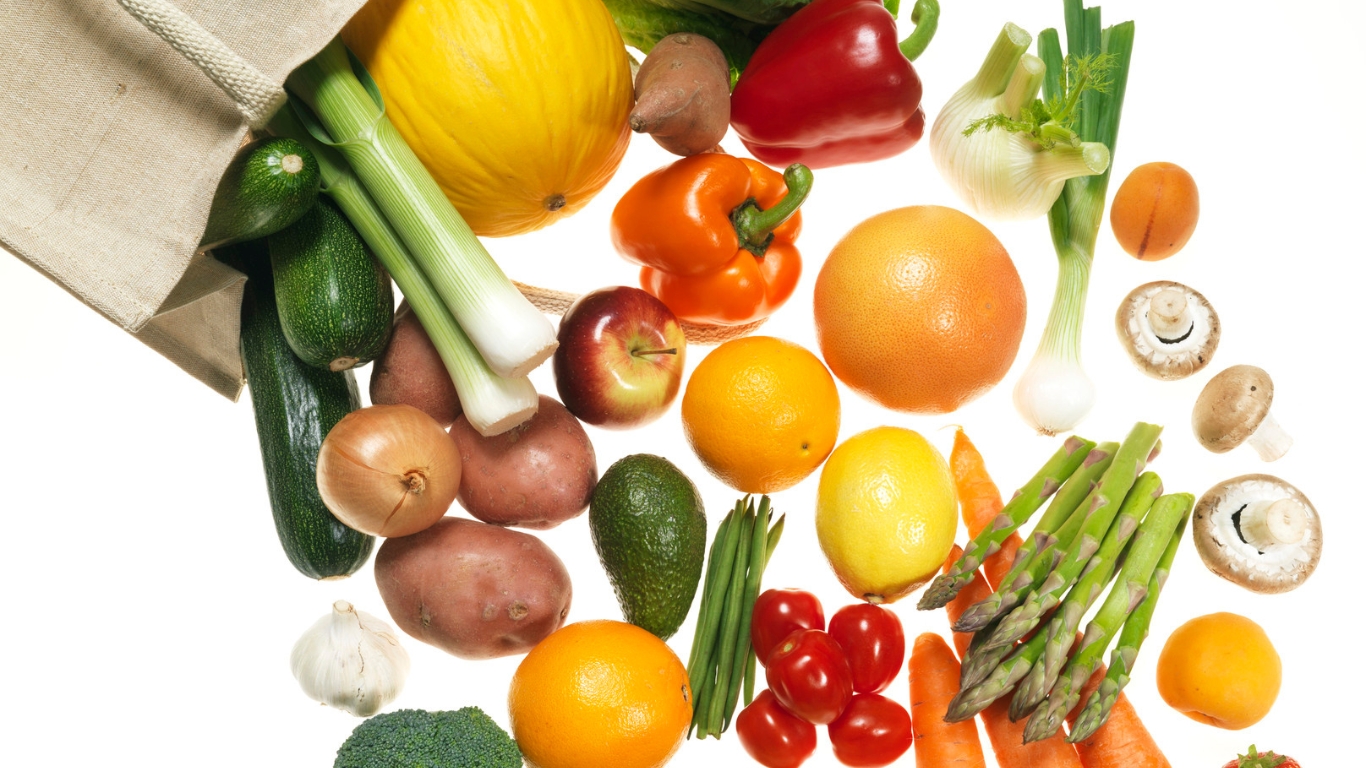Small business owner, navigating the Goods & Services Tax (GST) on food items can sometimes feel like a maze. Let’s break down some recent developments in simpler terms.
When Is Food GST-Free?
You might have noticed some peculiarities in how GST applies to food items. For instance, plain yogurt might be GST-free, but a yogurt combo like Chobani’s ‘Flip’ range could be taxable. Why is this?
The Basics:
- When GST was introduced in 2000, basic food items were excluded to make the tax more palatable.
- Over the years, this has created a tricky line between what’s GST-free and what’s not.
Chobani’s Case:
- Chobani, a yogurt company, faced this complexity with their Flip Strawberry Shortcake yogurt.
- This product has two parts: strawberry-flavored yogurt (GST-free) and a separate tub of cookie pieces (taxable).
- Initially, Chobani treated this product as GST-free based on a 2001 ruling.
- However, in 2021, the Australian Tax Office (ATO) decided that such products should be considered ‘combination foods’ and therefore taxable.
Understanding ‘Combination Foods’:
- If a food product combines taxable and non-taxable items intended to be eaten together (like tuna and crackers), it’s considered a ‘combination food’ and is subject to GST.
- Conversely, ‘mixed supplies’ (like a hamper with separate items) are treated differently, with GST applying to each item individually.
The Outcome:
- The Administrative Appeals Tribunal (AAT) agreed with the ATO’s view, making the Flip product taxable.
- This case led to a new draft GST ruling (GST 2023/D1), impacting how combination foods are classified.
Implications for Businesses:
- Food manufacturers, importers, and distributors need to stay updated with these classifications.
- Even products previously considered mixed supplies might now be seen as combination foods.
Example from Birds Eye:
- In a similar vein, Birds Eye’s frozen vegetable products with added omelette, rice, or grains were deemed prepared meals or combination foods, and thus taxable.
What Does This Mean for Your Business?
Understanding the evolving landscape of GST on food products is crucial. Whether you’re a cafe owner, a grocery retailer, or a food manufacturer, the way you classify your products for GST purposes can have significant implications.
For detailed guidelines and to ensure compliance, consider visiting the ATO’s official guide on GST. Remember, getting it right can save you from unexpected tax bills and keep your business running smoothly.
Key Takeaways:
- Stay informed about the latest GST rulings and how they might impact your products.
- Regularly review product lines to ensure they’re correctly classified for GST.
- Seek professional advice if you’re unsure about the GST status of your products.
Navigating the GST rules doesn’t have to be overwhelming. With the right information and a bit of vigilance, you can make informed decisions for your business.

